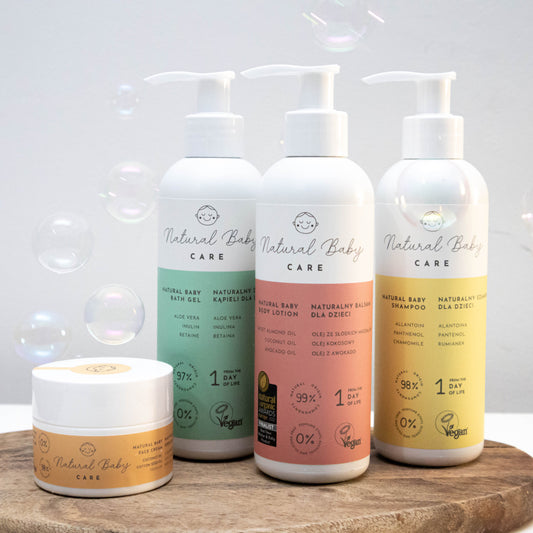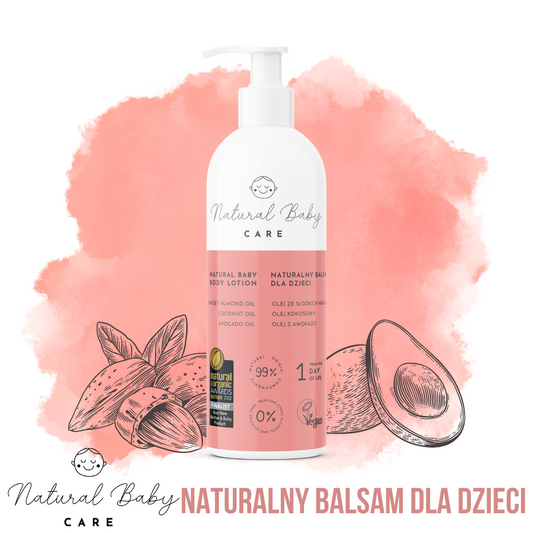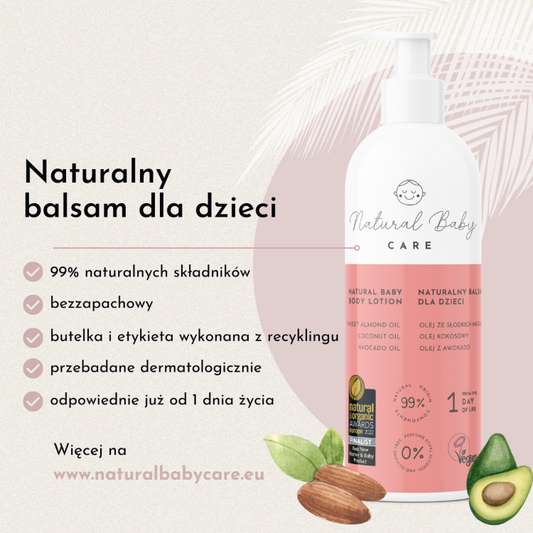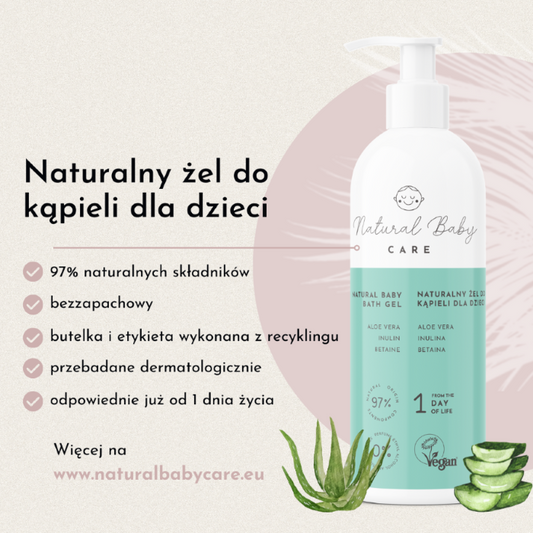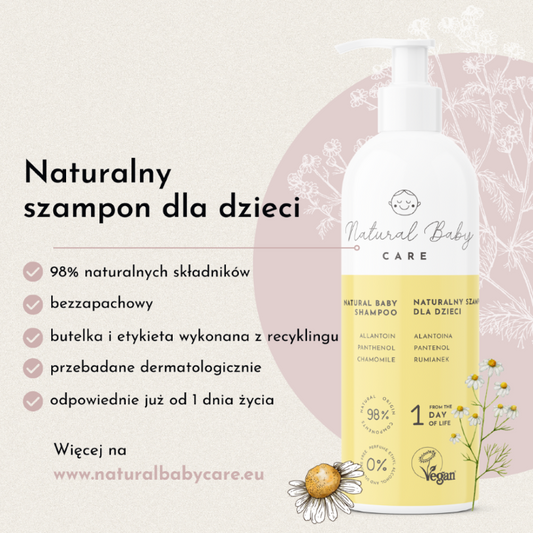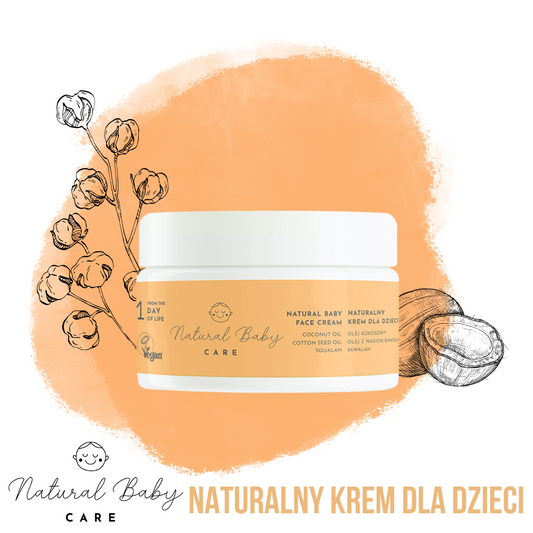Home > Knowledge Zone > Blog > Natural remedies for heat rash in babies

Natural remedies for heat rash in babies
Author : Natural Baby Care Team
Publication date: August 1, 2025
Reading time: 5 minutes
In summer, when temperatures soar and the air becomes muggy, babies' delicate skin can react with the appearance of tiny, red bumps—heat rash. Although they look alarming, they're a natural skin reaction to overheating and excessive sweating. Fortunately, there are many natural remedies that can help alleviate heat rash symptoms and prevent its recurrence. In this post, you'll learn safe and effective ways to care for your baby's skin during the summer.
Check out cosmetics for your baby's delicate skin
Natural baths with herbal infusions have a soothing and anti-inflammatory effect. Chamomile and calendula soothe redness and itching, and thyme has antibacterial properties. Simply add strained herbal infusion (about 1 cup per tub) or cosmetics containing these extracts to the bath. Baths should be short (5-10 minutes) and lukewarm, not hot.
Did you know that...?
Collapsible content
Jak wyglądają potówki u niemowląt?
Czy potówki są groźne dla dziecka?
Czy można smarować potówki kremem?
Czy kąpiel w rumianku pomaga na potówki?
Jak ubierać dziecko, żeby nie miało potówek?
Kiedy iść do lekarza z powodu potówek?


